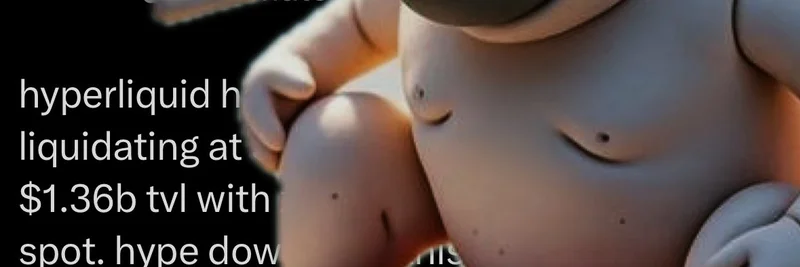In the fast-paced world of blockchain technology, scalability is everything. That's why a recent tweet from Austin Federa, co-founder of DoubleZero and former strategy lead at Solana, is turning heads. Federa, known for his deep dives into network performance, dropped a nugget of wisdom that's got the crypto community buzzing about the future of distributed systems.
He tweeted: "As the node count increases, multicast avoids the linear bandwidth growth of unicast. the malthusian bandwidth gap of distributed system. is solvable." You can check out the original tweet here.
At first glance, it might sound like tech jargon, but let's break it down step by step. This could have big implications for meme tokens, which thrive on speedy, efficient networks like Solana.
Unicast vs. Multicast: The Basics
Imagine you're at a party and need to share a story with everyone. In unicast mode, you'd walk up to each person individually and repeat the story. That's efficient for a small group, but as the party grows to hundreds, you'd be exhausted—your "bandwidth" (time and energy) scales linearly with the number of people.
Now, multicast is like grabbing a microphone and telling the story once to the whole room. The network (in this case, the sound system) handles distributing it to everyone who wants to hear. No matter how many listeners, your effort stays the same. In networking terms, unicast sends data one-to-one, while multicast sends it one-to-many efficiently.
In blockchain and distributed systems, this matters because nodes (computers in the network) constantly share data like transactions or blocks. With unicast, as more nodes join—say, for a popular meme token launch—the bandwidth required shoots up proportionally, leading to slowdowns or higher costs.
The Malthusian Bandwidth Gap Explained
Federa references the "Malthusian bandwidth gap," drawing from economist Thomas Malthus's idea of a "trap" where population growth outpaces resources, leading to crisis. In distributed systems, as node counts explode (think global blockchain adoption), the demand for bandwidth grows exponentially or linearly, but supply doesn't keep up—creating a gap that could throttle innovation.
But Federa says it's solvable with multicast. By avoiding that linear growth, networks can scale massively without choking on bandwidth. This aligns perfectly with DoubleZero's mission: building a global fiber network for high-performance blockchains. Their permissionless setup lets anyone contribute unused bandwidth, creating a robust, decentralized infrastructure that boosts speed and cuts latency—potentially accelerating blockchain tech by years.
Community Reactions and ELI5
The tweet sparked quick replies, showing how it resonated. One user, @Crypt0Panda, simply asked for an "ELI5" (Explain Like I'm 5). Another, @chai_lens, nailed it with: "So multicast is basically group texting for nodes, one message, everyone’s phone blows up." That's spot on—think WhatsApp group chat versus texting each friend separately.
@icomaki2 chimed in: "That's a really interesting point about multicast scaling. Makes sense why it would be more efficient as networks grow larger." These responses highlight the excitement around efficient scaling, especially in crypto where network congestion can kill a meme token's momentum.
Why This Matters for Meme Tokens
Meme tokens are all about virality—quick pumps, community hype, and lightning-fast trades. Networks like Solana have become meme havens because of their speed and low fees, but even they face limits as adoption grows. If DoubleZero's multicast-powered infrastructure takes off, it could supercharge meme ecosystems.
Picture launching a new dog-themed token without worrying about network clogs during peak hype. Traders could snipe deals in milliseconds, and creators could build more complex meme-driven dApps. For blockchain practitioners diving into memes, this tech means staying ahead: faster validation, lower costs, and room for innovation. It's not just about memes; it's about making decentralized finance fun, accessible, and scalable.
As Federa's tweet suggests, the bandwidth barriers that once seemed inevitable are crumbling. Keep an eye on DoubleZero—they're redefining what's possible in distributed systems, one efficient broadcast at a time. If you're building or trading meme tokens, this could be the upgrade your strategy needs.



